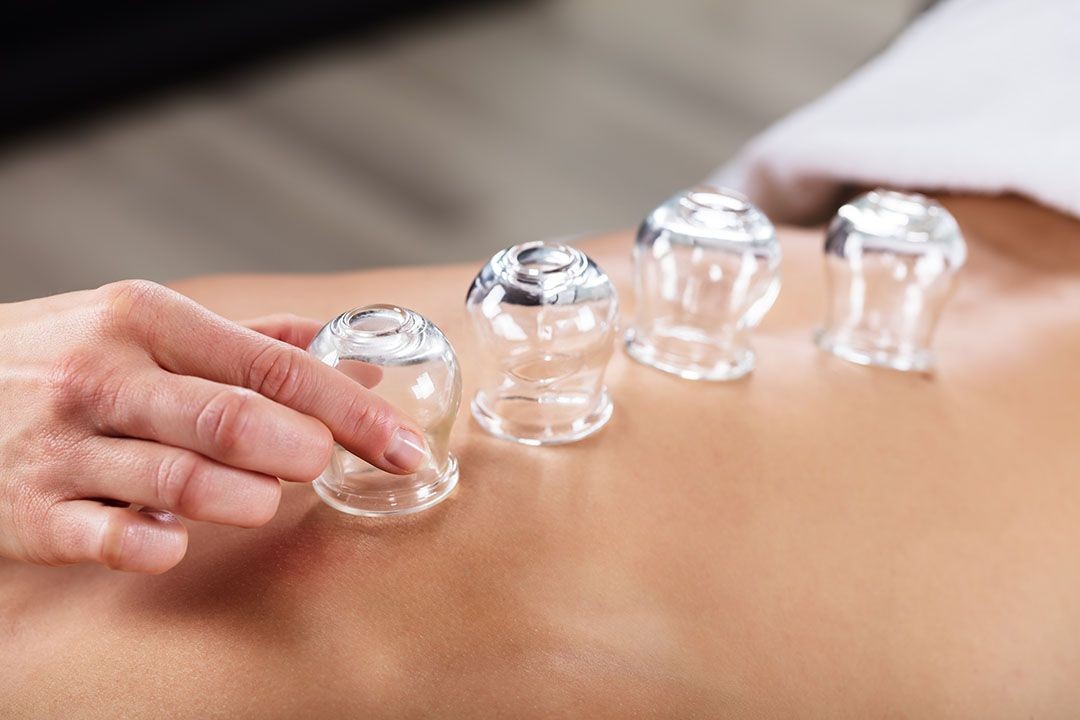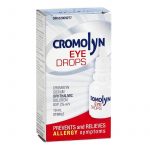
Cupping Therapy
Cupping is an ancient practice in traditional Chinese medicine that has been shown by studies to have real benefits.
Cupping is a therapy used in traditional Chinese medicine (TCM) to remove stagnation and stimulate the flow of qi (chi). Qi is the free flow of energy circulating through the body and the world around us. If qi is disrupted, it can create blockages or imbalances in the body.
Contents
- 1 What are the types of cupping therapy?
- 2 What does cupping therapy do?
- 3 What are the benefits of cupping therapy?
- 4 What does cupping therapy treat?
- 5 Who performs cupping therapy?
- 6 What are side effects of cupping therapy?
- 7 How long do cupping therapy bruises last?
- 8 Subscribe to MedicineNet’s Skin Care & Conditions Newsletter
What is cupping in a massage?
A cupping treatment involves warming and placing cups, usually made of glass, on the skin. By warming the air within the cup, a vacuum is created, and when it is applied to the skin, the tissue is drawn up into the cup.
How does cupping work?
The practice increases blood flow, loosens the fascia or connective tissue, and stimulates healing. It is similar to deep tissue massage and can be used to reduce pain. The cups are often placed on the back, neck, and shoulders or the site of pain.
Cupping may cause temporary bruising and soreness, depending on the degree of suction and internal stagnation. According to TCM, this would be a favorable outcome, suggesting the treatment has successfully removed toxins and stagnation. The cups are removed by lifting one edge, which breaks the seal and vacuum.
What are the types of cupping therapy?
Different types of cupping are selected based on treatment goals. There are also different types of cups. Most commonly, cups are made of glass. However, a thousand years ago, cups were made of bamboo, clay, or animal horns.
- Classic cupping: Also known as ba guan zi, this technique involves placing the cup over a painful area or an acupuncture point. The cups are left in place anywhere from 5-20 minutes depending on the individual’s condition. A general course of treatment involves 4-6 sessions in intervals starting from 3-10 day gaps.
- Sliding cups: This technique is performed on large muscle groups of the back to treat pain and muscle spasms. Massage oil is applied to the skin prior to placing the cups, allowing them to glide easily over the surface.
- Air cupping: This technique uses a handheld suction pump to create a vacuum without heat. Some clinical research suggests that this innovation in cupping technology is more comfortable for patients.
- Wet cupping: This technique combines bleeding with cupping. A lancet is used to prick the skin before applying the cup, encouraging a small amount of blood to flow. This treatment is thought to dispel internal toxins and is used for inflammatory conditions.
What does cupping therapy do?
Cupping invigorates local circulation of energy in the area being treated, resolving swelling, pain, and tension. By drawing impurities to the surface, it removes toxins.
From a Western physiology perspective, cupping loosens connective tissue or fascia and increases blood flow to the surface. Cupping also stimulates tissue relaxation and better cell-to-cell communication. Research has shown that cupping techniques relax tissue and reduce markers of inflammation.
What are the benefits of cupping therapy?
The benefits of cupping include local pain relief and muscle relaxation. Cupping improves overall health by removing energy blockages. For athletes, cupping may help increase blood flow to a particular muscle region or help reduce pain. Numerous athletes from the Olympics in Rio 2016 used cupping.
What does cupping therapy treat?
Cupping is traditionally used to treat lung disorders, paralysis, digestive complaints, and pain.
While some clinical trials have lower standards, the findings of actual benefit are significant, especially given the low risk of side effects.
Who performs cupping therapy?
Cupping is generally performed by practitioners of traditional Chinese medicine.
Cupping techniques can be found in the textbooks of TCM from over 1,000 years ago. To find a practitioner skilled and licensed to provide cupping, look for an acupuncturist licensed by a national or state accrediting agency.
What are side effects of cupping therapy?
Cupping frequently causes marks on the skin, similar to a bruise. For patients with bleeding disorders or who are being treated with anticoagulants, cupping may not be the best option. People with these conditions should discuss the pros and cons of treatment with their acupuncturist or doctor.
Cupping should not be performed on skin sites with active inflammation, burns, infection, or open wounds. Some discomfort can occur but should not be considered a side effect. Moderate, temporary discomfort is expected.
Practitioners need to be aware of cupping as a treatment modality. In children, post-cupping bruising and discolorations can be mistaken as a sign of child abuse.
How long do cupping therapy bruises last?
The bruises from cupping can last for a few days up to 2 weeks. Over time, with repeated cupping treatments, the bruising should decrease as the stagnation resolves.
Subscribe to MedicineNet’s Skin Care & Conditions Newsletter
By clicking "Submit," I agree to the MedicineNet Terms and Conditions and Privacy Policy. I also agree to receive emails from MedicineNet and I understand that I may opt out of MedicineNet subscriptions at any time.
References:
Dnyaneshwar, K.J. "Cupping Therapy: An Ancient Alternative Medicine." J Phy Fit Treatment & Sports 3.1 (2018): 555601.
Fox, J.R., W. Gray, C. Koptiuch, G.J. Badger, and H.M. Langevin. "Anisotropic tissue motion induced by acupuncture needling along intermuscular connective tissue planes." J Altern Complement Med 20.4 April 2014: 290-294.
Lauche, R., et al. "Cupping for chronic nonspecific neck pain: a 2-year follow-up." Forsch Komplementmed 20.5 (2013): 328-333.
Li, J., H. Zhang, J. Yang, X. Xu, Y. Niu, and J. Cai. "Innovation of characteristic medicinal cupping devices." Zhongguo Zhen Jiu 35.8 August 2015: 819-822.
Lu, J., et al. "[The change of negative pressure in the cupping-cup and its influence on the depth of filiform-needle insertion]." Sheng Wu Yi Xue Gong Cheng Xue Za Zhi 27.1 Feb. 2010: 71-74.
National Certification Commission for Acupuncture and Oriental Medicine. .
Uddin, Syed Mohammad Mazhar, et al. "The Use of Hijama (Wet Cupping) in Alternative and Complementary Medicine: Efficacious or Perilous?" Journal of Acupuncture and Meridian Studies 9.6 Dec. 2016: 285-286.
United States. National Center for Complementary and Integrative Health. "In the News: Cupping." Aug. 19, 2016.
Wan, Xue-wen. "Clinical observation on treatment of cervical spondylosis with combined acupuncture and cupping therapies [in Chinese]." Journal of Acupuncture and Tuina Science 5.6 Dec. 2007: 345-347.
Wang, B., et al. "YANG’s pricking-cupping therapy for knee osteoarthritis: a multi-center randomized controlled trial." Zhongguo Zhen Jiu 36.2 February 2016: 113-118.


